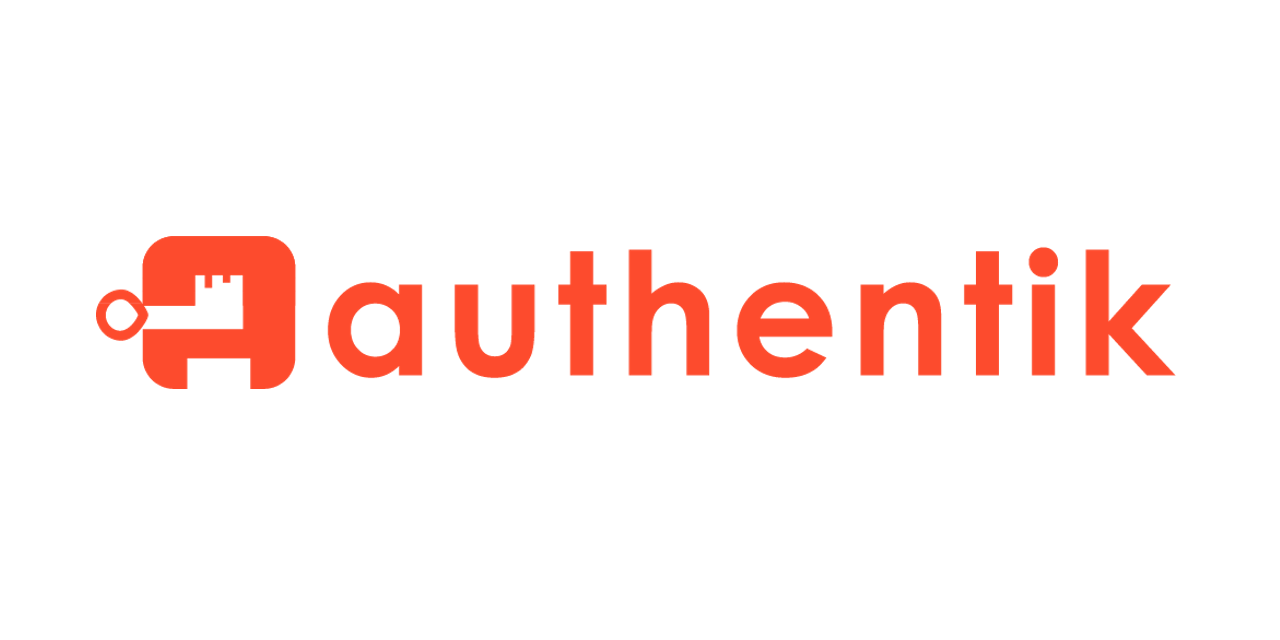Why I Chose Authentik for Self-Hosted Authentication?

In the era of self-hosting, security is a critical consideration. Whether you’re running services on a Raspberry Pi, an Intel NUC, or a mini PC, securing access to those services is essential. Today, I’d like to share my experience with Authentik, a self-hosted multi-factor authentication (MFA) tool, and why I chose it over alternatives like Authelia.
Why Authentik?
I initially explored Authelia, which is another well-regarded self-hosted authentication solution. While it’s a great tool, I found the configuration process to be a bit cumbersome. This led me to try Authentik, which offers a GUI-based setup and relatively good documentation—making the process smoother for those who prefer a more intuitive experience.
Additionally, I wanted to give Authentik a fair try, knowing that if it didn’t meet my expectations, I could always switch back. Fortunately, it turned out to be an excellent choice for my needs.
The Growing Need for Self-Hosting Security
With the rising popularity of self-hosted services, many people are running applications on their own hardware. A quick look at Reddit shows discussions about using tools like Tailscale or Cloudflare Tunnels to securely access these services. Some users opt for VPNs for privacy, while others use reverse proxies to expose their services to the internet.
This is where Authentik shines—it provides an additional security layer that helps protect your services from unauthorized access. If you don’t want to advertise your hosted services openly on a domain, Authentik acts as a deterrent layer, requiring authentication before users can proceed.
How Authentik Improves Security
Once set up with a reverse proxy, Authentik functions as an authentication gateway, ensuring that only authorized users can access your applications. Many self-hosted apps aren’t designed for direct internet exposure, making them susceptible to various attacks. By introducing Authentik, you add an extra layer of security, reducing the risk of unauthorized access.
That said, not all services should be exposed to the internet, even with authentication. For example, Proxmox, a popular virtualization platform, is generally not something you need to access daily. Instead of exposing it to the internet, it’s recommended to use a VPN for secure access.
Installing Authentik
If you’re interested in setting up Authentik, you can follow the official installation guide. In the future, I may provide a step-by-step guide based on my experience.
Final Thoughts
If you’re self-hosting services and looking for an easy-to-configure authentication solution, Authentik is a fantastic choice. It provides an additional security layer, integrates well with a reverse proxy, and enhances the protection of your applications. While it’s not a silver bullet for all security concerns, it’s a significant step towards making your self-hosted environment more secure and manageable.
Have you tried Authentik or other authentication tools? I’d love to hear about your experiences in the comments!



